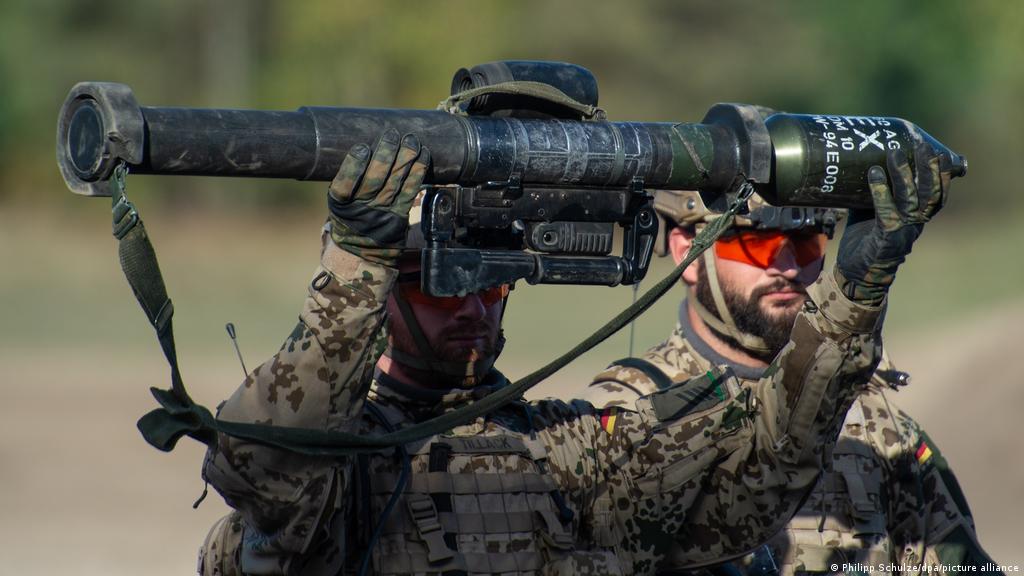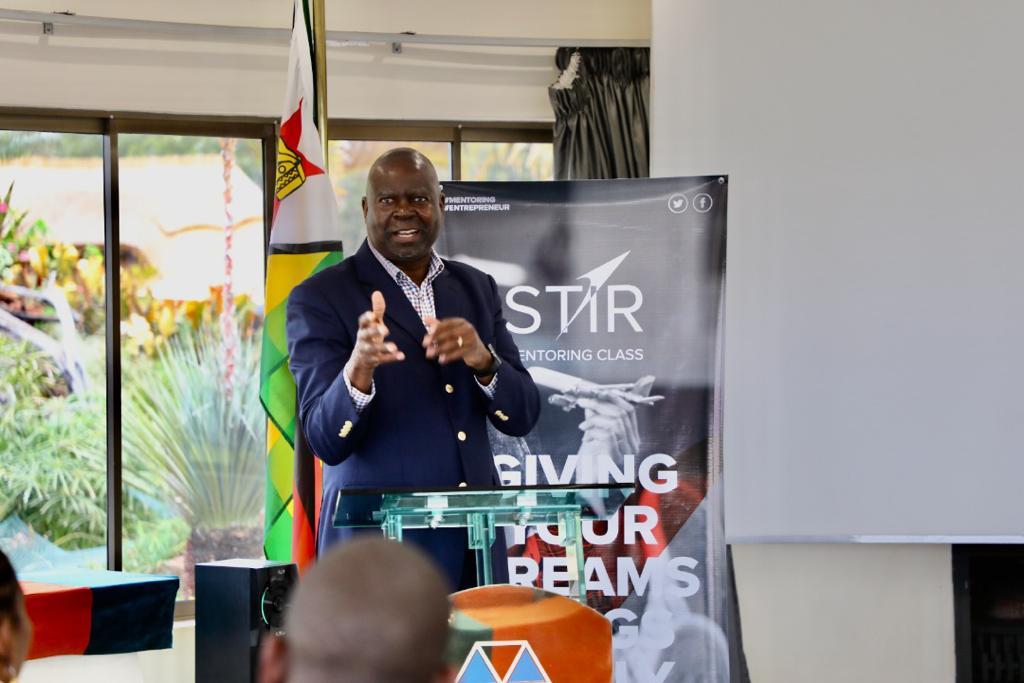
THE late Vice-President Joshua Nkomo’s family and the Bulawayo community refused to honour the veteran politician’s statue because it did not meet certain standards, which included the size of the pedestal and the country which made it, a leading historian has said.
Pathisa Nyathi, a Bulawayo-based historian, in a paper titled “Dr Joshua Nkomo’s Statue without Stature”, said the main reason why the Bulawayo community turned down the statue was not because of lack of consultation but because the size of the pedestal did not meet expected standards, among other things.Government was forced to pull down the statue erected in honour of the late Vice-President in September this year after the family and interested groups in Bulawayo objected to the effigy. “This (consultation) was not an issue,” Nyathi said at a lecture that was organised by the Southern African Political Economic Series in Bulawayo recently. “It only became an issue because it did not meet certain expectations thus some family members described it as pathetic, a doll or a caricature. Otherwise, the family would have been pleasantly surprised.”Nyathi said the statue was three metres tall, which was not an issue but became a problem when it was looked at in relation to the size of the pedestal. The pedestal was 1,5 metres high when in most cases pedestals are bigger than the statue itself. In Nkomo’s case, it should have been at least three metres high. “The size of the pedestal meant that the statue would be completely dwarfed by the buildings around the proposed position in the Bulawayo central business district,” said Nyathi. “The pedestal’s size should be able to deter all those who may want to deface the statue but in the case of Nkomo’s statue, one could have reached it.”This pedestal was made of concrete with black granite plates covering the sides, a construction Nyathi said could easily be destroyed.Former speaker of Parliament, Cyril Ndebele who chaired the presentation, said a number of things about the late nationalist had been omitted and this included his commitment to peace which saved the country from a possible civil war.Nyathi added that the Bulawayo community also took exception to the fact that the statue was made in North Korea, a country that is responsible for training the Fifth Brigade which terrorised people in Matabeleland and Midlands between 1982 and 1987, leading to the death of more than 20 000 people.It was also alleged that the photograph which was used to mould the statue was not the most appropriate to give the true features of the late Vice President.Nyathi said the Bulawayo community felt offended that the statue was to be erected at a place where Cecil John Rhodes’ effigy stood before Independence, which could have been interpreted as “fitting Nkomo into the shoes of Rhodes.”“Rhodes’ statue was facing north in line with the grand imperial plan of conquering Africa from Cape to Cairo and it is unfortunate that Nkomo’s statue was also facing in the same direction,” said Nyathi. “To make matters worse, the statue, unlike the world-wide tradition, was nameless and our worry is that it would lose significance say 1000 years from now yet it should be timeless.”Commenting on the statue, John Saul, a professor of politics who also attended the dialogue said: “The size (of the statue) would have to be discussed. Consultation is very important. Let the children (of the late Vice-President) feel that they are part of the process.”South African author Norma Kriger described efforts to have the statue erected without following procedure and meeting the expected standards as “insensitive.” She said many were wondering what the point was.
Leonard Makombe











